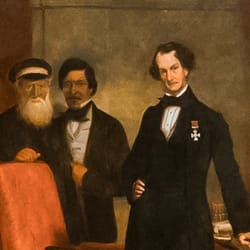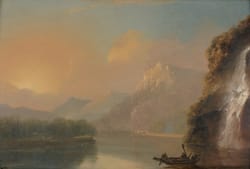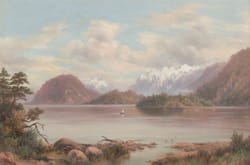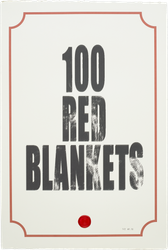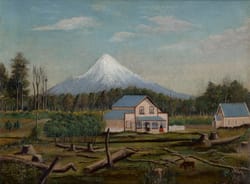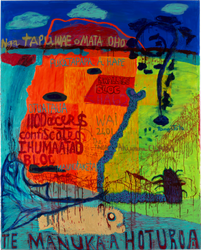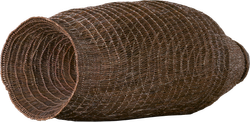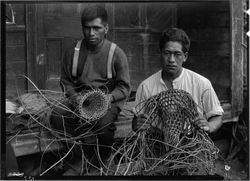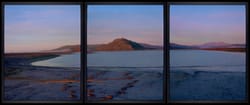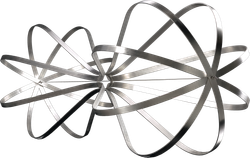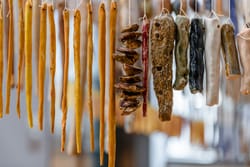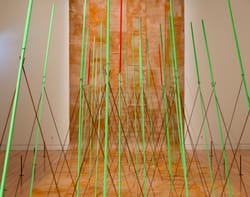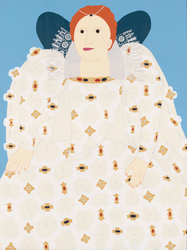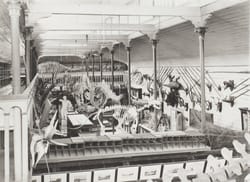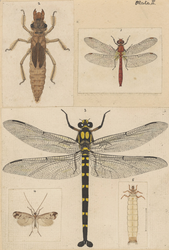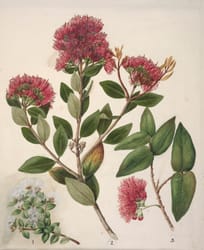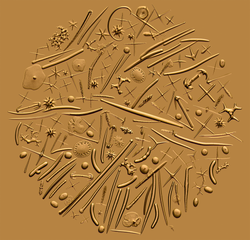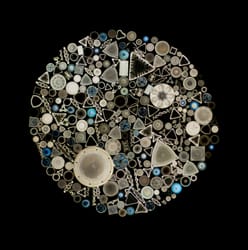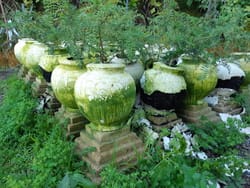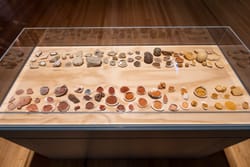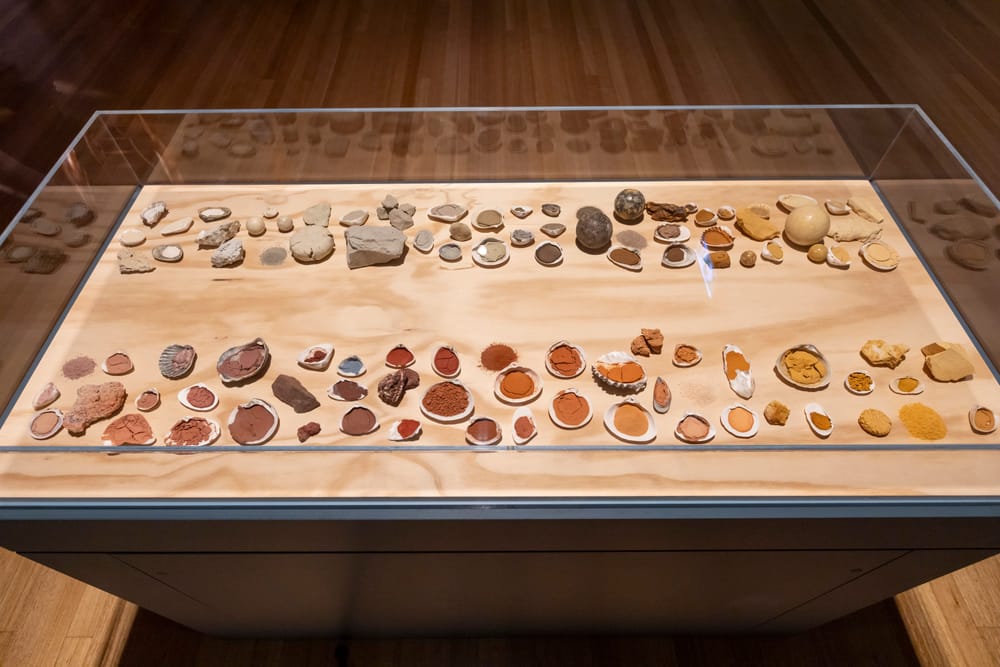
Close
SARAH
Can you face the shell towards me?
LANAE
This one?
SARAH
Yeah. And a bit more.
LANAE
Yeah.
SARAH
Yes. That looks lovely.
MOANA
It's about ten days until the exhibition opens and we're here with Sarah and Lanae who arrived in Pōneke yesterday from Whakatāne. This is Sarah.
SARAH
Kia ora, I'm Sarah Hudson. I'm from Ngāti Awa, Ngāti Pūkeko and Ngāi Tūhoe.
MOANA
And this is Lanae.
LANAE
Kia ora, he uri ahau no Ngāti Awa, Ngāti Pūkeko, Tūhoe me Ngāti Maru, ki Hauraki hoki, I'm Lanae Cable.
SARAH
And together... and with other people as well, we're Kauae Raro Research Collective.
MOANA
Tell me about you’re installing here, Sarah?
SARAH
Today we are setting up a display of earth pigment that's made with soils and clays and rocks from places that we whakapapa to.
LANAE
People think of soil as just brown, but when we look at this we see reds and pinks and yellows, and golds … greys, whites …
There are some clays and soils that are really heavily pigmented, they have a lot of colour and that colour stays on your hands when you touch them. Some are really soft to the touch, or slippery if it's clay.
What we do is take that home, let it dry, crush it up with a mortar and pestle, or we can use a rock. And then we either keep those as raw samples or they're made into paints that we use in our art.
MOANA
And why do it that way?
LANAE
Well, what did you think our tīpuna used before you could go to Bunnings and buy a bucket of paint? It was whenua, it was pigments, it was kōkowai, that they had to make.
SARAH
In te reo Māori, the word karamea can be a kind of broad term for ochres, which can reference reds, yellows, oranges, and browns. It's a really rich word that can mean a lot of things. So orange is special to both of us.
This particular one in the oyster shell here … they are from Ngāti Pūkeko, a bit of land that both Lanae and I had ancestors who used to live there.
MOANA
Tell me about your process. So you go out and find different colours in different places?
LANAE
Yeah, I feel like the process starts with getting to know the whenua that you're walking on and where they're going to be harvested from. So, like Sarah was mentioning, where this Ngāti Pūkeko kōkōwai, this ochre, comes from, is a place not far from Whakatāne.
SARAH
Once you start getting familiar, you can sort of tell what colours are going to be there. For instance, A river might hold a lot of the bluey, grey-ey clays. We didn't do a geology degree or any kind of soil science papers, it's just been... going out, going for walks and touching different kinds of rocks and soils.
LANAE
So, we have a range of red and purple ochres: kōkōwai, or kura is another name we can call them. There is a purple ... rock, which comes from a moutere, an island off Whakatāne called Moutohorā, it's a very special place to Ngāti Awa.
MOANA
That’s the one … where?
SARAH
It's a dark purple rock with white dots, and even smaller red dots, and it looks a bit like scoria.
LANAE
It looks like coral to me. It looks hard but it will be light to touch.
MOANA
Ah yes here in the middle, why, what's the significance of this one?
SARAH
When we first started Kauae Raro Research Collective, we were interested in looking at, ‘what are our colours, what are our Ngāti Awa colours?’
One element of that was looking at our Waitangi Tribunal claims, our treaty claims … and, my dad prepared the claim for Moutohorā, and, in it he cited a particular bay where our ancestors would go to bathe and heal skin ailments, and that was a bay that we definitely wanted to get to,
and we initially paid as tourists to get onto land that we whakapapa to, um, to go and just observe, in the first instance.
SARAH
So we worked in getting permissions it's the first time that kōkōwai has been harvested off that island for a long time and to be able to culturally, access our land has been huge.
LANAE
If you were to put this pigment on your finger now, you would smell that dirt. What I find interesting is, I was given some pigments from Turtle Island, from America and they have a different smell to our soils here.
And I can, if they're not labelled, I can pick that bottle of pigment up and know that it's not from here.
It's the intimacy that we have with taiao, and I think that's one thing we've really learnt from this practice.
MOANA
Mīharo. That’s amazing. Ngā mihi nui ki a kōrua mō te kōrero nei.
Kua mutu te haerenga. That’s the end of this journey through Te Papa Tīoi, This Swaying Earth. Ko Moana Ete ahau. Thank you for listening. Keep exploring.
Mā te wā.
